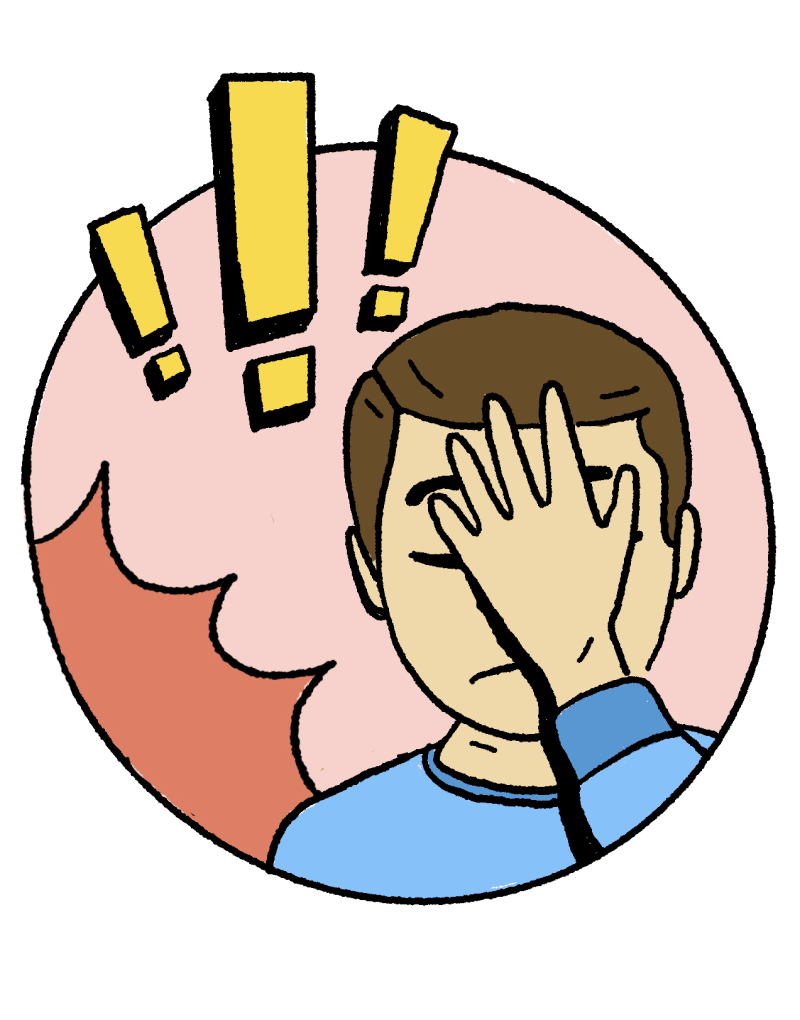Your team member pulled together a project plan, and you have some feedback you want to share. It’s the perfect opportunity for you to record a loom to scroll through the document and share your suggestions in a clear and helpful way.
“But wait,” you think to yourself. “My office is messy and my background looks like a disaster. Plus I’m wearing a ratty sweatshirt and I should probably have a script. And brush my hair.”
So you promise yourself you’ll record that video tomorrow — only to push it off again. And again. The next thing you know? The team has moved forward with the project plan without any notes from you.
You became so hung up on keeping up “professional” appearances that you arguably did the least-professional thing you could: You skipped out on sharing valuable feedback with your team. The constructs of professionalism when it comes to your presence in video meetings or when recording video messages deserve to be reexamined. Presenting yourself in synchronous vs asynchronous communication settings isn't as big as you think.

What does it mean to be professional in virtual environments now?
If you conjure up a traditional image of a professional, it likely involves a proper outfit complete with a blazer, a firm handshake, and a formal PowerPoint presentation.
These standards have long been evolving and shifted dramatically in the past year. So, if modern professionalism is no longer about being perfectly polished or feeling you’ll be judged for any and all slip-ups, what does it mean today?
1. Professionalism is about effective and efficient communication.
Clear, timely, and effective communication is at the heart of professionalism, whether navigating entirely remote workplaces or co-located offices. In our 2022 State of Modern Work Report, half of the respondents stated that 40% or more of the time spent on video conference calls was unproductive and wasteful. In the process of adapting to the new remote work paradigm shift, it’s easy to get hung up on or feel pressure to endlessly fine-tune the visual details of your home office set up, like finding adequate lighting and curating the right backdrop before you press record.
But ultimately, the content of your message is what makes the difference for your team and your reputation as a true professional (and — coming soon! — you can use a Loom background if you’re particularly self-conscious of what’s behind you).
Related reading: Remote Work Stats, based on original research.
2. Professionalism is about authenticity.
Remote work has given us a peek into the real and not-always-glamorous lives of our colleagues.

We can all relate to that stomach-dropping moment when a kiddo wanders into the frame, a dog barks, or another real-time blooper unexpectedly interrupts our carefully-crafted, so-called professional environment.
Instead of treating an interruption like the one Robert Kelly experienced as a career-ending fiasco, we should treat unanticipated interruptions as empathizable moments that connect us, offering an unfiltered glimpse into our coworkers’ lives, notes Lisa Sanders, Vice President of Operations and Chief of Staff at Zededa, in an interview with USA TODAY.
A true connection with your team requires that you bring your whole, authentic self to work. Professionalism is less about keeping up appearances and more about being open and honest.
So, if you’re hung up on the fact that there’s a bed in the background of your video or you can hear your cat meowing in the distance, you’re focusing on the wrong aspects. After all, those real-life moments don’t make you unprofessional — they make you relatable, and even a little endearing.
Related reading:
COVID-19 is redefining what it means to be professional — Fast Company
3 tips for how to get over your fear of looking “unprofessional” in video recordings
It’s tempting to think of professionalism as a list of boxes to be ticked. Clean background? Check. Carefully-edited script? Check. Distraction-free environment? Check.
Those antiquated rules and expectations don’t always apply. “Another way of viewing professionalism, as opposed to breaking it down into discrete and measurable skills and competencies, is to think of it as a state of mind,” said Michael Yeo, a philosophy professor at Laurentian University, in an article on professionalism for the Canadian Medical Association Journal.
Want to be a professional? Be a driven, honest, and conscientious team member who’s committed to speaking up and helping your team do great work. Consider this your permission to stop obsessing over your backdrop or filler words and share your message, flaws and all.
Here are some tips to help you adapt with the evolving concept of professionalism and just hit “record.”
1. Consider the context of your message.
When it comes to any type of communication, context is one of the biggest things you need to consider. That applies to your video messages and your perception of professionalism, too.
If you’re recording an important presentation for your entire team or a client-facing sales message, then it doesn’t hurt to run a comb through your hair, hide that pile of laundry, and up the production value of your video a little bit. But if you’re sharing a few quick and casual updates for some close team members, then there’s really no need for you to treat it like a TED talk.
Consider the intent of your message and how it will be used. That will guide you as you figure out exactly how buttoned-up you need to be.
2. Create a rough outline for yourself.
We understand not wanting to ramble endlessly or stumble over all of your words, but keep in mind that nobody wants to listen to you robotically read through a script, either (plus, creating that word-for-word document is going to delay your message even further!).
Instead, jot down some bullet points that outline what you want to cover. That will keep you focused and ensure you hit all of the highlights.
What if you trip over a phrase or end up saying “umm” or “like” a few too many times? Repeat after us: It’s not a big deal.
As communications expert Lisa B. Marshall told The New York Times, everybody uses these filler words. A couple sprinkled in here and there aren’t going to sabotage your message, as long as you’re mindful that they don’t become a distracting pattern.
Related reading:
Why Do I Hate the Sound of My Own Voice? (and Tips for Getting Used to It) — Loom
3. Acknowledge your humanity.
When something unexpected happens during your recording, you have two choices. You can either:
Let the panic wash over you and stop recording — regardless of how much time and effort you’ve invested so far.
Acknowledge the slip-up with a lighthearted remark and move forward.
Nine times out of 10 (provided something R-rated didn’t happen), the second option is going to be your best move.
You don’t need to elaborate on the situation. Even a brief, friendly comment like, “Sorry, my dog is protecting me from the mail person!” or, “I tend to get tongue-tied at the end of the day!” is more than enough explanation to recognize the interruption without letting it run you off the rails.
We can almost guarantee that the people on the other end of your video will nod their heads and think, “Yep, I’ve totally been there.”
Pro tip: If an unplanned gaffe is too distracting or throws your message off track, you can pause your Loom video and take a quick break before restarting, without ditching your entire recording.
Related reading: How to Overcome Camera Anxiety — The Loom Blog
Professionalism is about substance over style
If you’re still holding on to some outdated views of what it takes to be a professional, we can sympathize. For many people, it can be counterintuitive to show up in front of your colleagues when you don’t feel you’re giving it your best.
But think about it this way: Do you think less of your team member when they trip over a word? Or do you perceive them as sloppy if their kid toddles in and asks for fruit snacks during your team meeting?
You shouldn’t — and those same rules apply to you. Being a professional isn’t about being perfect; it’s about being conscientious, authentic, and communicative. Video messages (yes, even the ones where you sneeze or briefly lose your train of thought) will help you satisfy that criteria. These surprise moments can also be incredibly funny (in a good way), and who doesn’t want laughter in the workplace?
So, hit record and get your message out there. You (and your team) will be glad you did.

